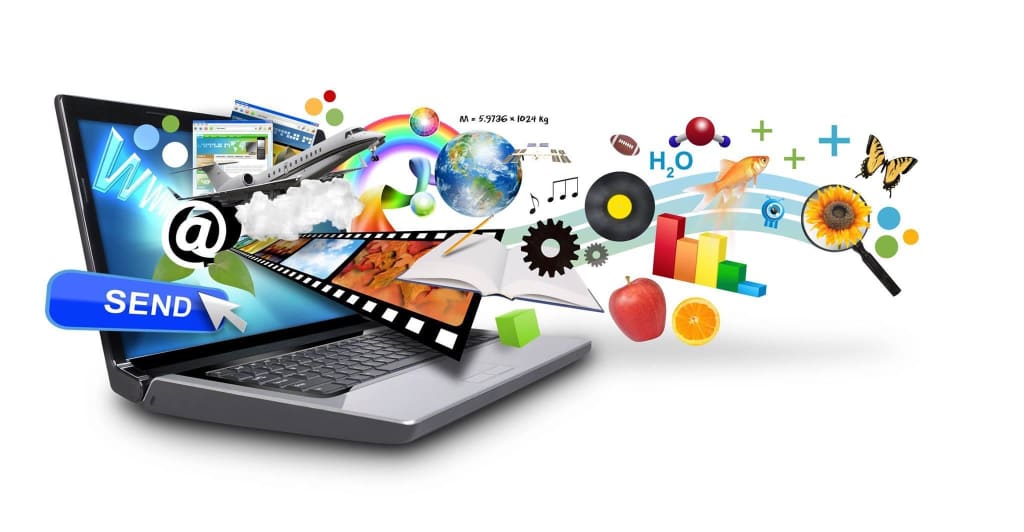Technology in Education
How tech has impacted teaching and learning.

The range of electronic devices that can be used for teaching and learning has blossomed dramatically since the start of the twenty-first century. Touchscreen machines such as smartphones and tablet computers can fulfill a wide variety of educational functions. For example, a science student can physically manipulate a 3-D model of an atom or molecule displayed on their tablet with a series of gestures, learning about the structure of each. A student in a music class can play the notes of a classical composition on his or her tablet by using it as a full piano, with visuals and sound to match.
Additionally, the newfound prevalence of wireless broadband Internet allows for the near-instant transfer of information in educational settings. A teacher leading a class can direct students to the website they established with course materials, or show them in real time how to do research on a site such as ERIC.gov.
New educational technology also allows classes to be delivered remotely. An American university can arrange for a guest lecture from a professor in Scotland, with the entirety of the presentation transmitted via a service such as Skype. Such presentations can even include active review and alteration of documents via free file-sharing services such as Google Drive. In these ways, modern technology in education has opened the doors for learning across borders. This includes the chance for students in poor areas to have access to learning resources that would previously have been inaccessible for them.
Companies view these new electronic avenues as opportunities for profit. In the key college textbook market, expensive and heavy books are beginning to be replaced with digital versions, which are not only easier to transport, but also easier to search. The hope, on the part of students at least, is that updates to digital textbooks will be less expensive to produce and the savings will be passed along to students. In some cases, downloaded digital textbooks come with automatic updates for future revisions, either for free or a modest fee.
These advantages, coupled with the popularity of using tablet computers as e-readers, is likely to make digital textbooks the default at most universities by 2020. At the same time, the availability of digital textbooks is accelerating the development of e-learning programs. Many universities are using advances in educational technology to deliver full classes and complete degree programs to students around the country. This opens up the chance for students in different regions to attend the college of their choice, and it allows the universities to gain a new source of revenue from out-of-state students. Correspondingly, opportunities to learn and teach are expanded far beyond what would have been possible without the current revolution in technology.
About the Creator
Amanda Spradlin
Amanda Spradlin is the founder of Coincidental Chaos. She writes with the passion of a questionable mind. Any donations are appreciated!
Enjoyed the story? Support the Creator.
Subscribe for free to receive all their stories in your feed. You could also pledge your support or give them a one-off tip, letting them know you appreciate their work.






Comments
There are no comments for this story
Be the first to respond and start the conversation.